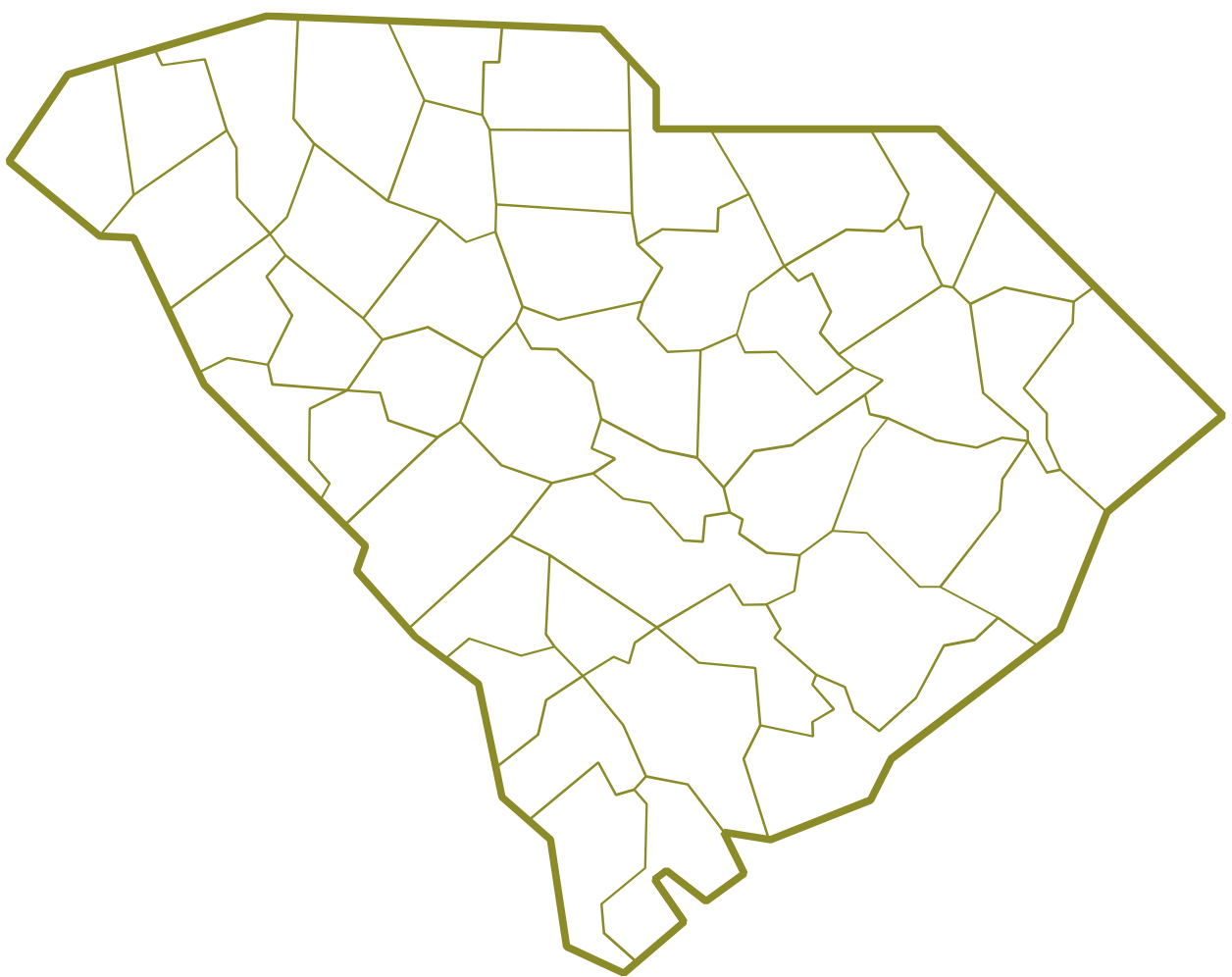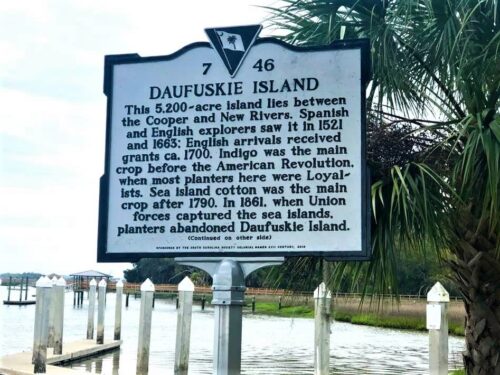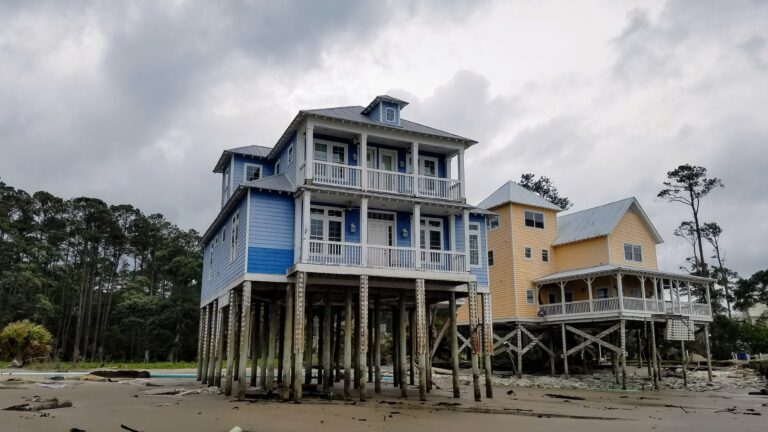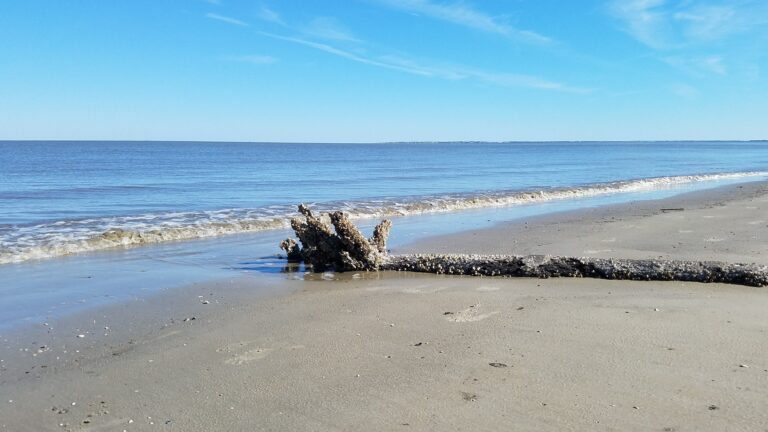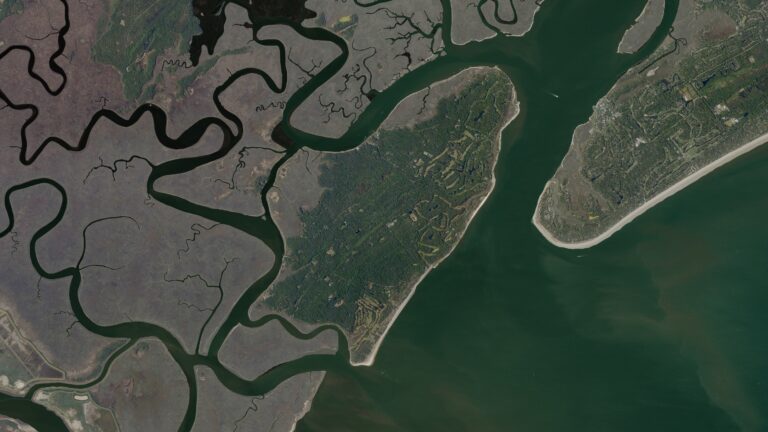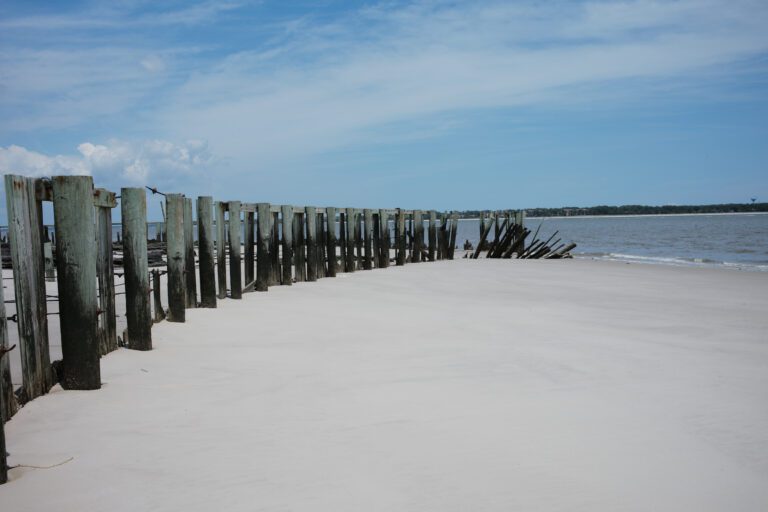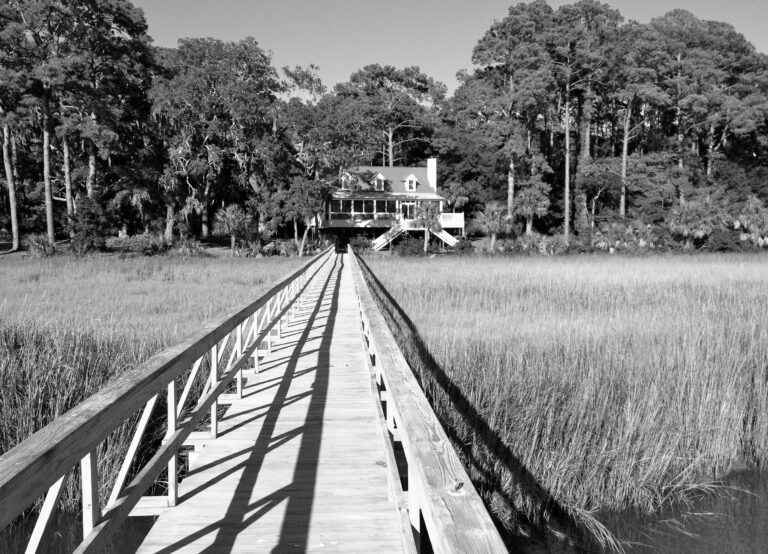Grey Fox Squirrels of Daufuskie Island: Where to Spot Them
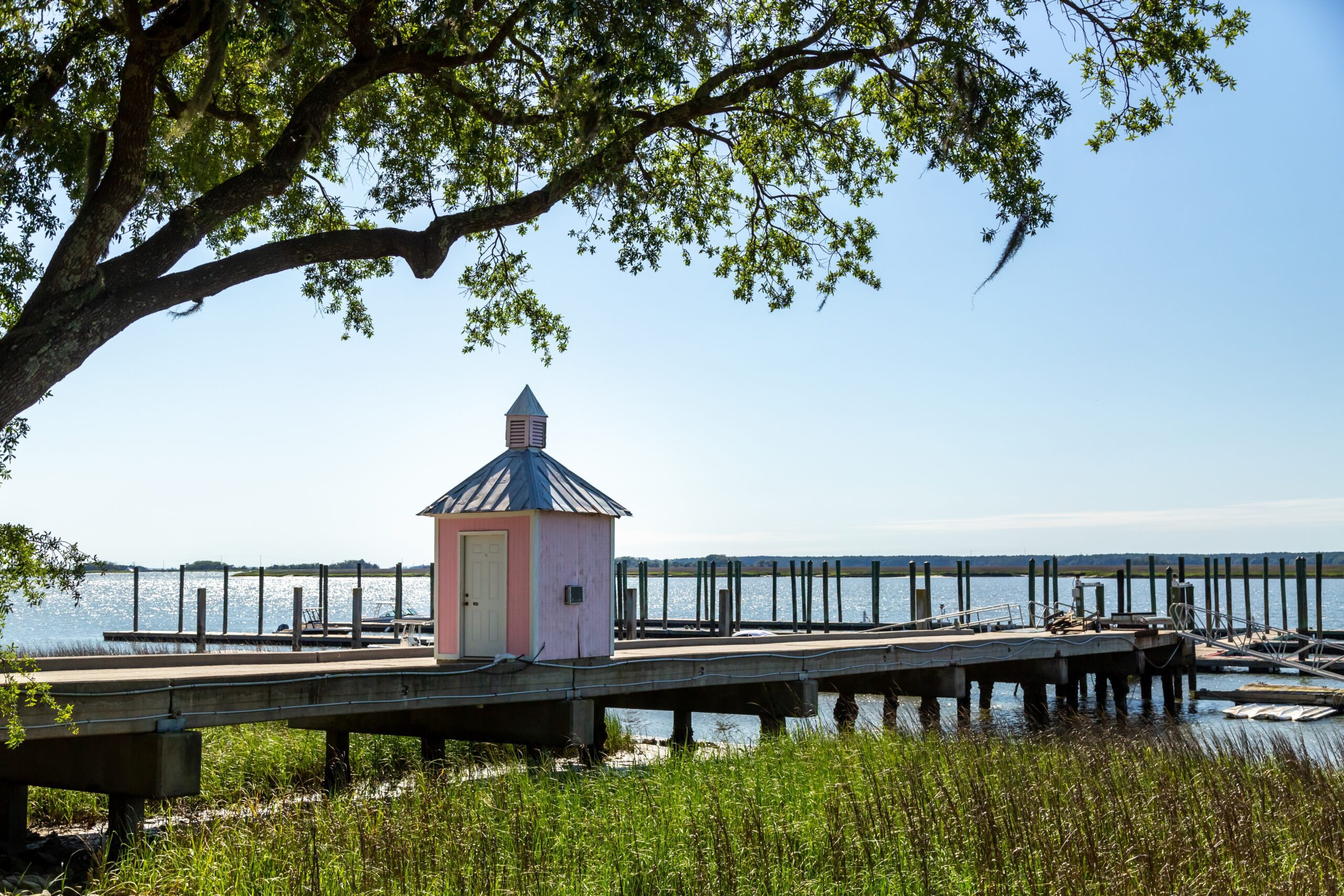
Grey fox squirrels are just one slice of the wildlife pizza on Daufuskie Island, but they’re a pretty important topping. These fluffy-tailed tree ninjas call this South Carolina coastal paradise home, darting between moss-draped oaks and lush marshlands.
If you’ve never heard of Daufuskie Island, you’re not alone. This hidden gem sits between Hilton Head and Savannah, covering about 5,000 acres with over 3 miles of pristine beachfront. The coolest part? You can only get there by ferry or barge – no bridges means less human interference and more squirrel shenanigans.
Grey Fox Squirrels: Daufuskie Island’s Agile Tree-Dwellers
Natural Habitat: Squirrel Paradise
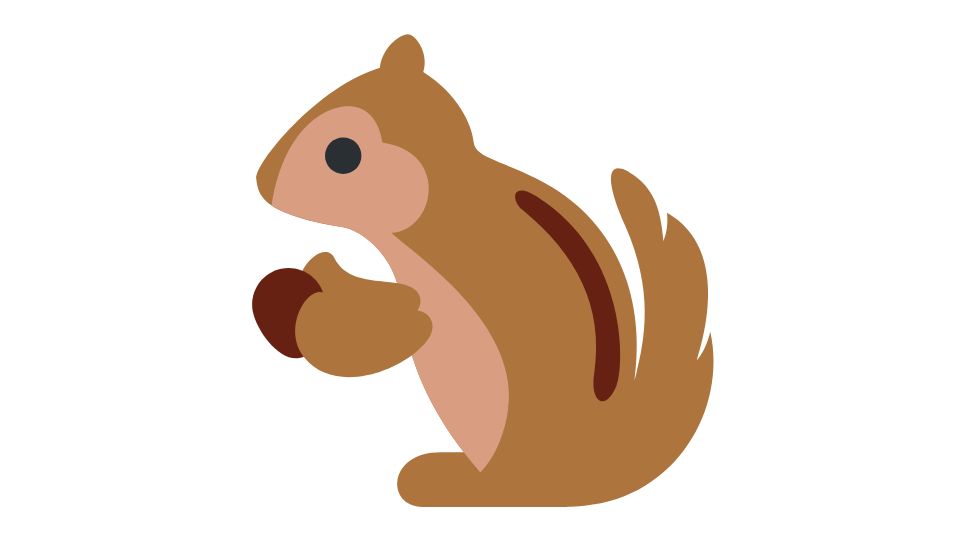
These aren’t your average park squirrels begging for peanuts. Grey fox squirrels (scientific name Sciurus niger if you’re feeling fancy) thrive in Daufuskie’s mixed forests where mature hardwoods and pines provide an all-you-can-eat buffet of nuts, seeds, fruits, and bark.
Think of Daufuskie as the ultimate squirrel playground – live oaks draped with Spanish moss create aerial highways, while pine groves offer cozy nesting spots. Unlike their smaller cousins, grey fox squirrels spend a surprising amount of time on the ground, acting more like mini deer than strict tree-dwellers.
The island ecosystem is like nature’s perfect apartment complex. Beyond squirrels, you’ll find ospreys circling overhead, great blue herons stalking the marshes, and white-tailed deer browsing at dawn and dusk. Even alligators make appearances, though they’re not typically on the squirrel’s list of preferred neighbors.
Conservation: Keeping Squirrel Homes Safe
Here’s where things get heartwarming. The Daufuskie Island Conservancy, founded in 2005, works tirelessly to protect this natural playground. These environmental superheroes (all volunteers, by the way) focus on education and stewardship to ensure squirrels and other wildlife continue to thrive.
Their mission is pretty straightforward: preserve wooded areas, maintain natural habitats, and teach humans how not to mess things up. It’s conservation with a healthy dose of common sense.
Communities like Haig Point have even earned official Wildlife-Friendly certification from the National Wildlife Federation, proving that humans and squirrels can be good neighbors when everyone tries. To get this gold star, they maintain habitats with sustainable gardening, native plants, and plenty of cover for wildlife to do their thing.
Ecosystem Dance: Everyone Has a Part
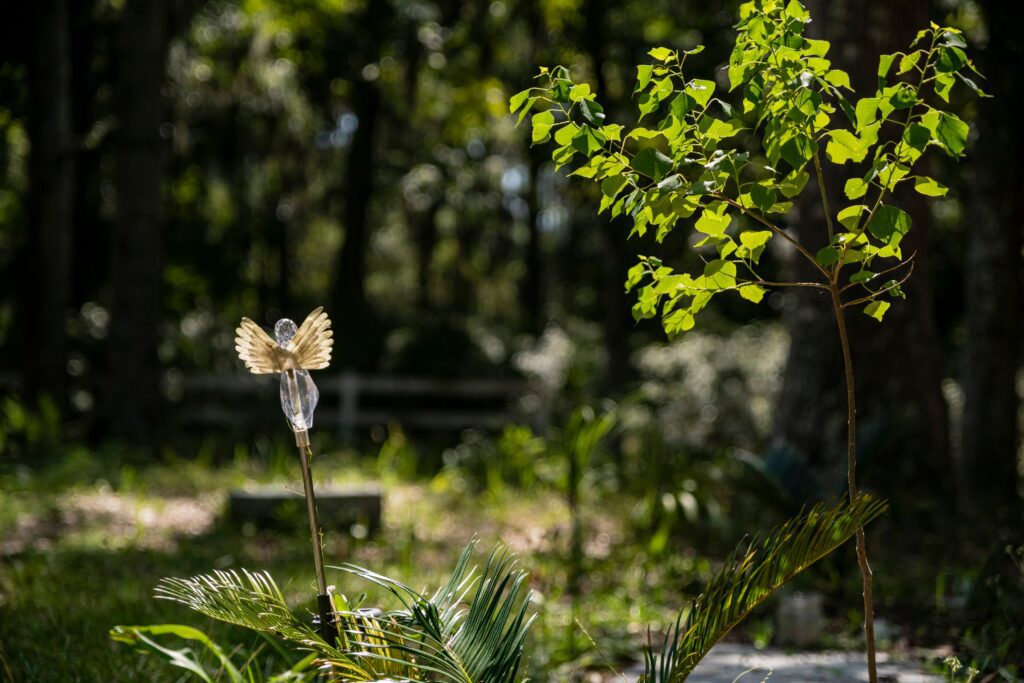
The grey fox squirrel’s life on Daufuskie is part of a complex ecological dance. These bushy-tailed acrobats share their island home with natural predators, dozens of bird species, and larger mammals like deer – creating a balanced ecosystem where everyone plays their part.
Bird conservation efforts, especially in nearby protected areas like Sea Pines Forest Preserve and Pinckney Island National Wildlife Refuge, highlight how interconnected all these species are. It’s nature’s version of “we’re all in this together.”
The island’s salt marshes and tidal creeks might seem like they’re just pretty scenery, but they support countless marine species that contribute to the overall health of the ecosystem. Healthy marshes mean healthy forests, which mean happy squirrels. It’s the circle of life, just with more humidity and fewer musical numbers.
Human Impact: Sharing Is Caring
Here’s where Daufuskie really shines – its bridgeless nature limits large-scale development that would otherwise fragment squirrel habitats. That said, the island’s popularity is growing as more people discover its beauty and laid-back lifestyle.
The challenge is finding that sweet spot where humans and wildlife can coexist without stepping on each other’s paws. The Conservancy’s educational programs are key here, teaching both residents and visitors how to be good neighbors to their wild counterparts.
One brilliant solution? Golf carts as the primary transportation. Less noise, less pollution, and more chances to spot a squirrel crossing the path ahead. The island’s designation as a historic district also helps protect both cultural and natural heritage – including those precious squirrel habitats.
Spotting Squirrels: Tips for Wildlife Watchers
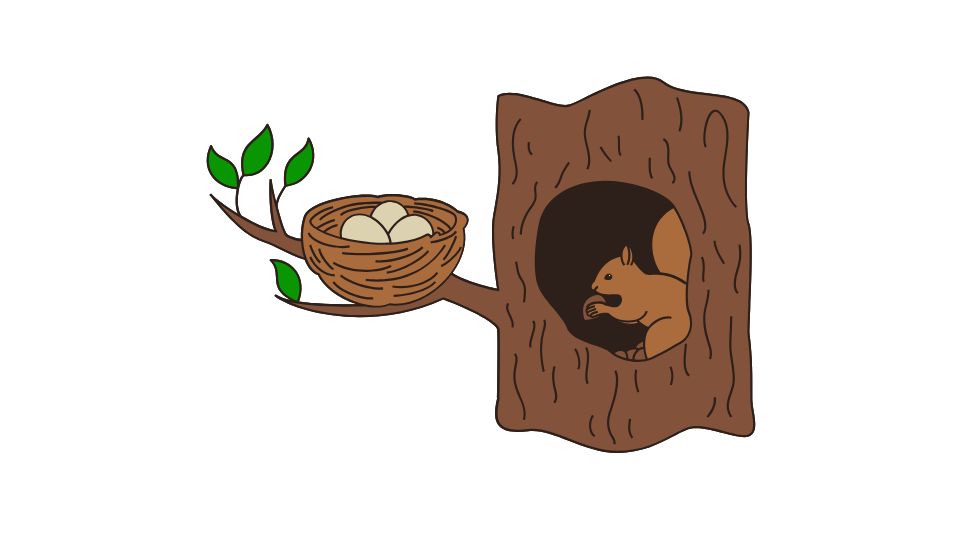
Want to see these bushy-tailed residents in action? Here’s the inside scoop:
- Early morning or late afternoon is prime squirrel-watching time
- Look up in live oaks where they’re often gathering acorns
- Stay quiet and patient – these guys are naturally cautious
- Bring binoculars for a closer look without invading their space
- Check out wooded areas near Haig Point for reliable sightings
For those lucky enough to call Daufuskie home, living alongside wildlife offers unique conservation opportunities. Communities here demonstrate that residential development and wildlife protection aren’t mutually exclusive – with thoughtful planning, squirrels and humans can be neighbors for generations to come.
The Big Picture: Why Squirrels Matter

Grey fox squirrels might seem like just another cute critter, but they’re an important piece of Daufuskie’s ecological puzzle. As seed dispersers and forest regenerators, they literally help grow the forests they call home.
The conservation efforts supporting these squirrels benefit the entire island ecosystem, from the treetops to the marshes. It’s a perfect example of how protecting one species creates a ripple effect of positive outcomes.
For visitors and residents alike, the presence of grey fox squirrels serves as a living reminder of what makes Daufuskie special – a place where nature still has breathing room, where wildlife thrives alongside human communities, and where conservation isn’t just a concept but a way of life.
So next time you’re ferry-bound for this South Carolina gem, keep your eyes peeled for a flash of grey fur in the trees. That fox squirrel isn’t just a pretty photo op – it’s a symbol of Daufuskie’s commitment to preserving natural beauty in an increasingly developed world.
